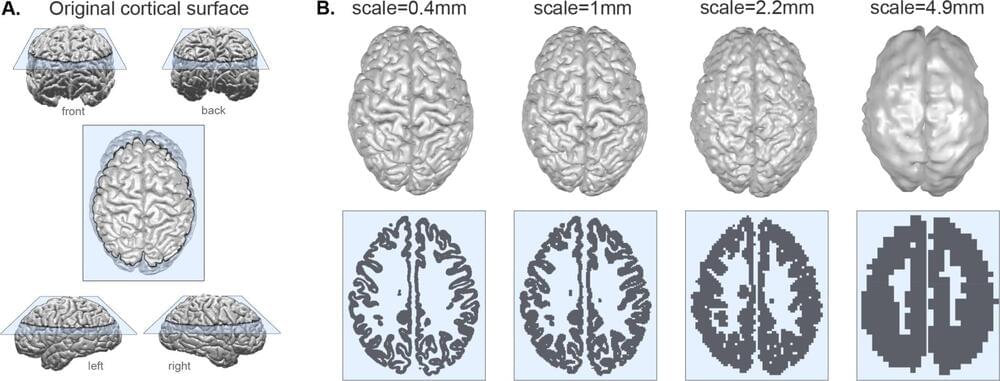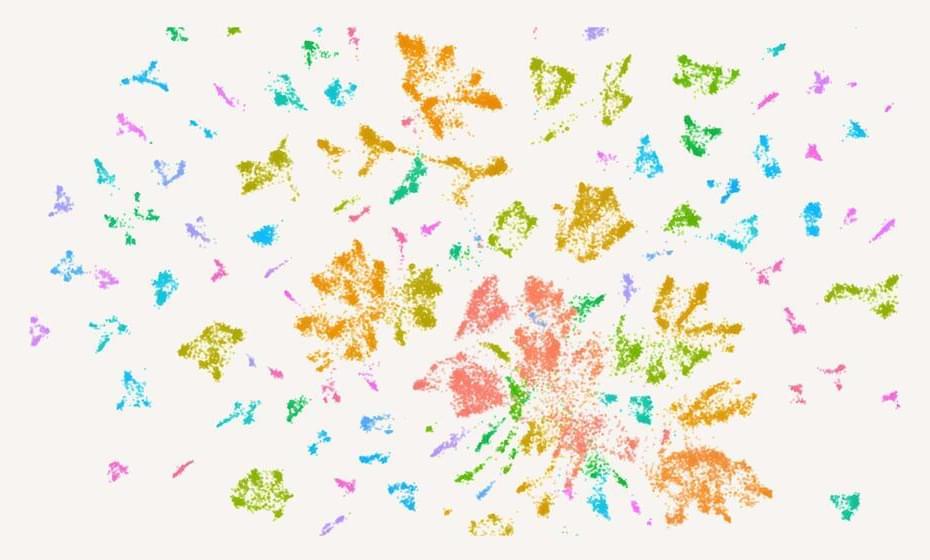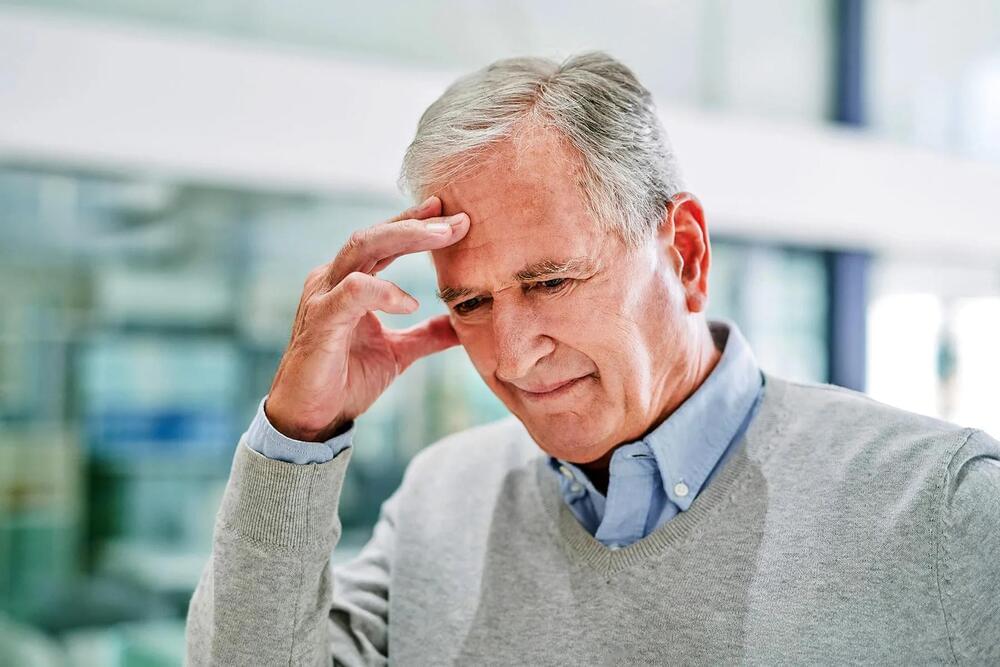FINDING THAT CONNECTION ©
This is my laboratory work, please see copyright details at bottom.
You’re watching two neurons that I saw under the microscope sensing one another and connecting.
There are 86 billion neurons in the brain — how do they know how to connect to other neurons or body parts when our bodies are developing?
They use these webbed hand-like structures that you can see in this video. The finger like projections actively sense the environment around it.
When we are developing in utero, you’ll find these “growth cones,” at the tip of every growing neuron, actively searching their way between cells, trying to find the right spot to connect to. When they make their connection, they become resorbed and disappear.
I know — it’s heartbreaking that the video ends right when we get to the exciting part, but see the black wavering line in the bottom right? That’s what they look like after they’ve connected together in a Petri dish.






